Do you remember the first time you were stung by a bee? Most people do. The painful sting is hard to forget. As the searing pain shoots through your body, you have to wonder if there was anything you could have done to prevent it. Quick and easy bee sting remedies are the first thing on your mind; but what are they?
Nursing a bee sting back to full health can be a painful journey.
Which remedies work the best?
Is there anything that you can do to speed up recovery?
When the pain of a bee sting strikes, it can be hard to think straight. That's why we put together everything that you need to know about how to draw out the bee stinger, how to treat the bee sting, and how to avoid being stung by a bee in the first place.
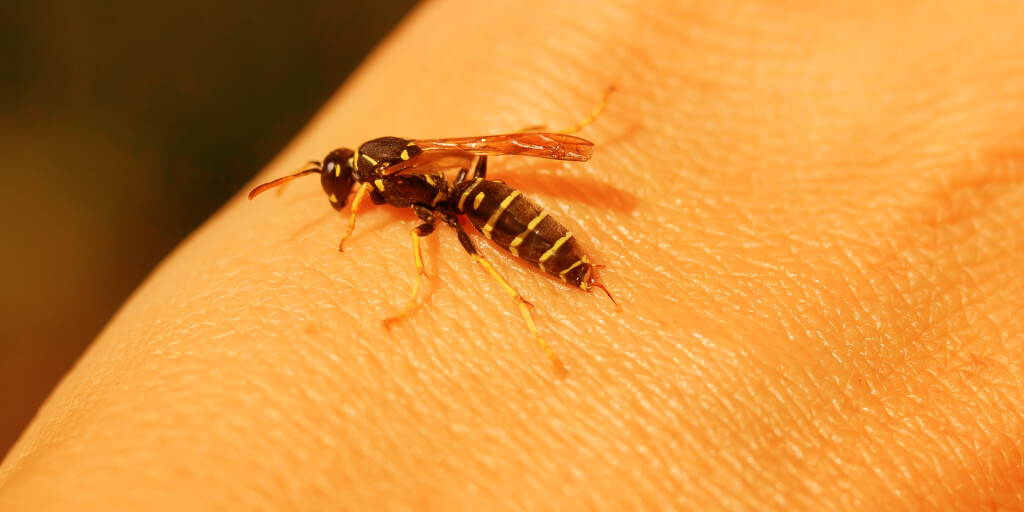
How Do You Draw Out a Bee Stinger?
All bees have stingers. Without these stingers, bees would not have a defense mechanism.
But can all bees leave stingers in the skin after they sting you?
The answer is no.
While all bees have stingers that they can use to sting you, only a select few can leave a stinger behind. Female worker honeybees are the primary type of bee that leave stingers behind. After they leave the sting site, the bees can leave behind a stinger and a venom sac.
It is crucial to make sure that you remove the stinger and venom sac – as quickly as possible. After you are stung, time is essential. The less time the stinger remains in the skin, the less painful the sting will be. This may also help speed recovery.
To remove a bee stinger, there are a few different methods that you can use. The key is to find a method that works best for you.
You can try scraping the stinger off the skin. Or, you could try pulling the stinger out. If you need to, grab a set of tweezers to get a better grip on the stinger. The stinger is usually visible, and you don't often have to worry about it breaking off in the skin. But make sure to verify that it has been completely removed.
One method isn't necessarily better than the others. Find a technique that you can use quickly to make sure that the effects of the bee sting are minimized.
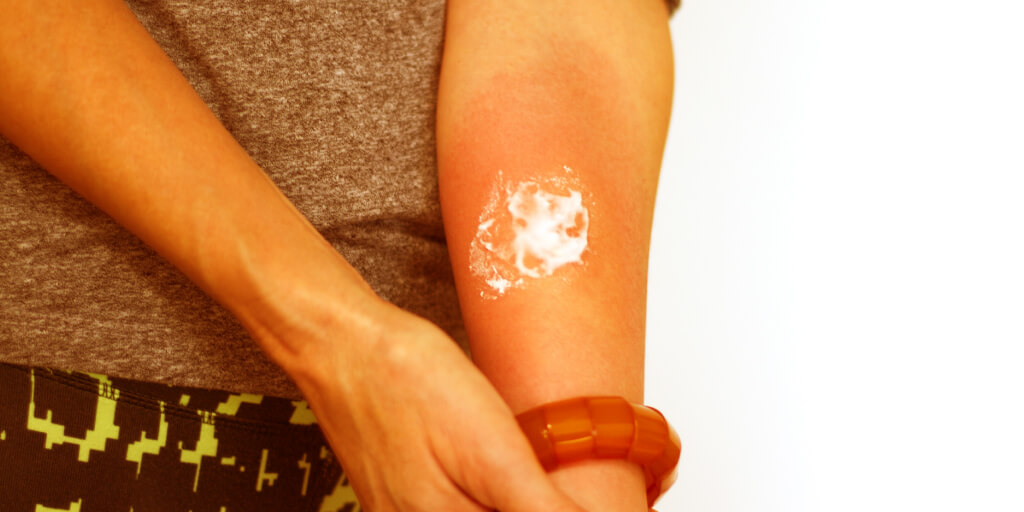
Natural Bee Sting Remedies
If you are stung by a bee, the good news is that there are natural remedies that you can use to alleviate the pain and itching.
Before you apply any creams or ointments, you need to make sure that the stinger is entirely removed. The quicker you remove the stinger, the less venom it will inject into the skin. This can help minimize the unpleasant side effects.
After the stinger is removed, you should wash the sting site with soap and water. This will make sure that it is clean. It also helps prevent infections.
You might see swelling in the sting area. This is why it is also recommended that you ice the sting area. The ice will provide cooling relief and help reduce any swelling.
Just make sure that the swelling doesn't spread. If you start to see swelling in the face or neck area, you may be allergic to bee stings. Once you see this, head to an emergency room or medical professional to address the allergic reaction.
If you'd like, you can take over-the-counter pain medication to help keep the swelling at bay and reduce the pain. Try ibuprofen to help reduce swelling. If the itching and swelling are too irritating, you can also try taking an antihistamine for relief.
There are also a few different at-home natural bee sting remedies that you can try.
Believe it or not, honey may be able to help speed the healing process and alleviate pain and itching. Apply honey to the bite area and let it sit for 15 minutes.
You could also try a baking soda paste. Cover the bite area in a baking soda and water paste for 15 minutes. The baking soda will work to neutralize the venom from the sting.
You might also try applying vinegar to the sting area. Like baking soda, vinegar can work to neutralize the venom from the stinger. Use a cotton swab, gauze pad, or washrag soaked in apple cider vinegar to apply it to the sting area.
A water and aspirin paste may also help reduce pain and swelling. Try crushing up a tablet of aspirin and mixing it into a paste with some water. Apply the paste for 15 to 20 minutes.
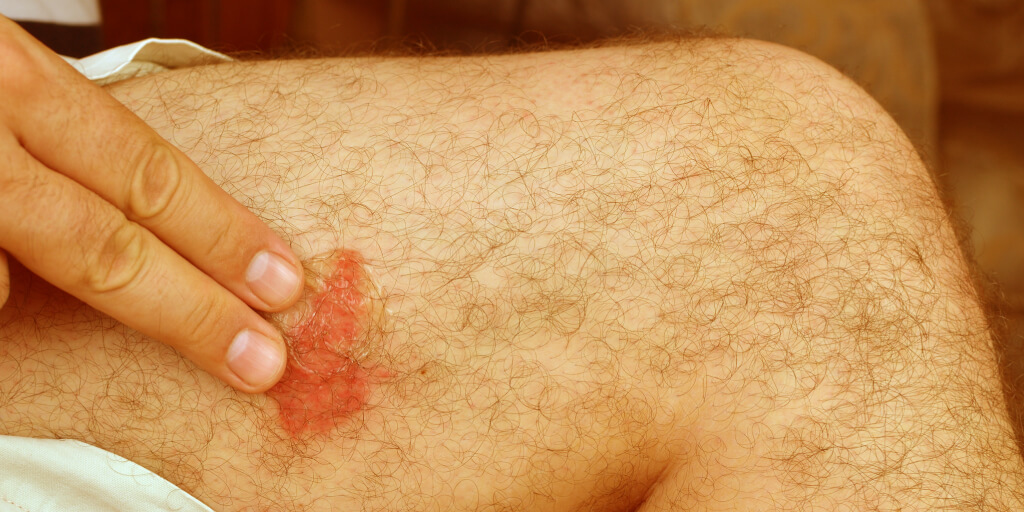
Do Bee Stings Get Worse Over Time?
Unfortunately, bee stings can get worse over time.
This is especially true if you have an allergic reaction to bee venom. Some people find that the first bee sting only produces a mild allergic reaction. However, each time you get stung, the allergic reaction may grow more severe. Over time, what used to be just a painful nuisance, can eventually turn into a deadly encounter.
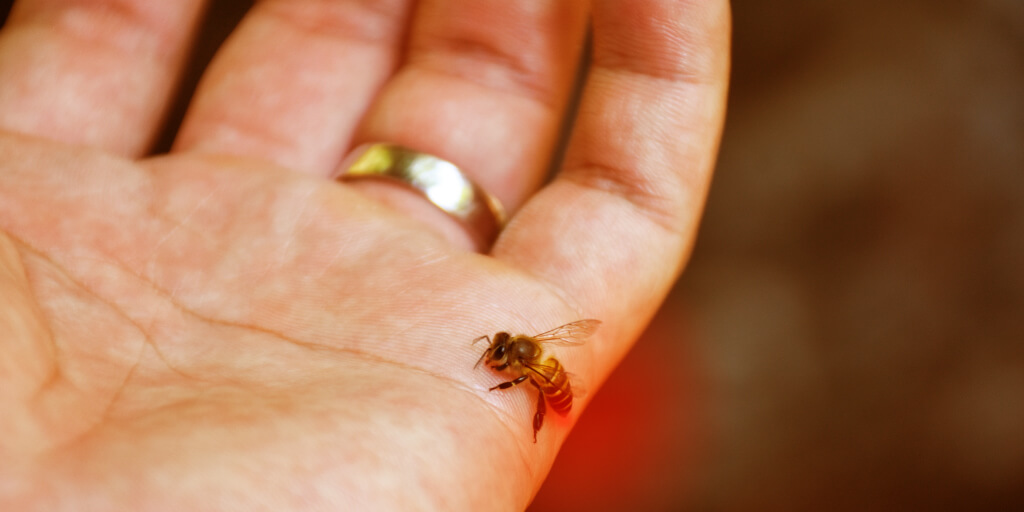
What Attracts Bees to Humans?
After a bee sting, do you ever wonder,
“Why me?”
You're not alone.
But what is it that attracts bees to humans? Why won't they just leave us alone and opt for nectar-filled flowers instead?
Because bees are hunting for nectar and pollen, they are attracted to things that smell sugary. If you've ever had a picnic outside in the summer, you've probably had to deal with bees buzzing around your food. They love the scents of fruits and sugary sodas. They can also be attracted to sweetly scented perfumes and lotions.
Bees are also attracted by dazzling patterns and colors. When bees are hunting for food, they use their exceptional sense of color to identify the most nutritious flowers.
They can also sense patterns with symmetry that help guide them to flowers. If you happen to be wearing a bee's favorite pattern or colors, they may find themselves irresistibly attracted to you!
Sometimes bees just think humans are too sweet and pretty to resist. Don't worry, they're not there to hurt you; they're just looking for some sweet nectar.
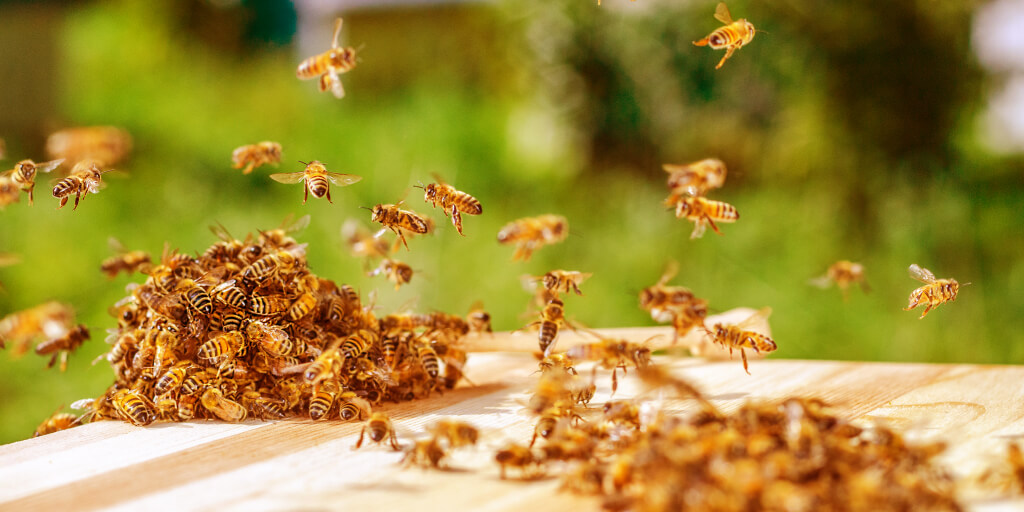
How to Avoid Being Stung by a Bee
The pain of a bee sting can be unforgettable. While knowing a few bee sting remedies is great, wouldn't you like to avoid them in the first place? It may make you wonder: is there a way to avoid being stung by a bee?
Yes.
There are a few guidelines you can follow to help reduce your chances of being stung by a bee, especially when spending a day outdoors.
First, you should avoid sweet fragrances. This includes the scent of hairspray, soaps, and lotions. Try using unscented products to avoid attracting bees. If you can't find unscented products, use products that don't have a sweet smell. More musky or earthy fragrances aren't as attractive to bees.
You should also avoid wearing brightly colored clothing. It is easy for bees to mistake bright, floral patterns for real flowers. Opt for neutral colors, so the bees don't think your shirt is their next meal.
If you're eating outside, choose your foods wisely. When you are drinking sugary sodas or juices, leave them in closed containers. If food spills on a table or you drop a bit of dessert on your shirt, clean it up immediately. Bees are drawn to sweet, nectar-filled foods. Keep these kinds of food and drink inside or in locked containers to avoid attracting bees to the area.
Ultimately, you won't be able to avoid the bees when you are outside. Follow these easy tips to avoid being stung by a resident bee.
If a bee is close to you, don't panic. Try holding still or calmly moving out of its area.
If the bee is still following you, you can try gently blowing on it to move it away from you. Bees often sting when they are startled or frightened. Staying calm helps keep the bees calm and prevent bee stings.
Wear shoes when you are outside. If you are walking through the grass barefoot, you may not see the bees on the ground. Bees often find flowers with nectar on the ground. Stepping on a bee can lead to a painful sting. Wearing shoes will protect your feet from bee stings while you are outside.
If it's not too hot outside, you can wear long, loose-fitting clothes. Opt for long sleeves or pants. This extra coverage can protect your skin from bee stings.
Oddly enough, wearing a hat may also deter bees from stinging you. Bees have an innate fear of furry animals. In nature, furry animals steal honey for food. When bees sense fur or hair, it can make them defensive or agitated. Wearing a hat can make you seem like less of a threat to the bees.
Bees are one of nature's great gifts. They are master pollinators. Without pollination, our crops would dwindle. But bee stings can be painful. We need to learn to live in harmony with bees. They don't need to be feared, but they should be respected. Try taking these easy steps to prevent bee stings. And if you are stung, there are several easy, at-home bee sting remedies to help alleviate the pain.
Sources:
https://www.verywellhealth.com/bee-stinger-not-seen-under-the-skin-1298258
https://www.healthline.com/health/outdoor-health/home-remedies-for-bee-stings
https://www.medicalnewstoday.com/articles/322907.php
https://www.mayoclinic.org/diseases-conditions/bee-stings/symptoms-causes/syc-20353869
https://www.terminix.com/blog/bug-facts/why-are-bees-attracted-to-me/
https://www.buzzaboutbees.net/prevent-bee-stings.html

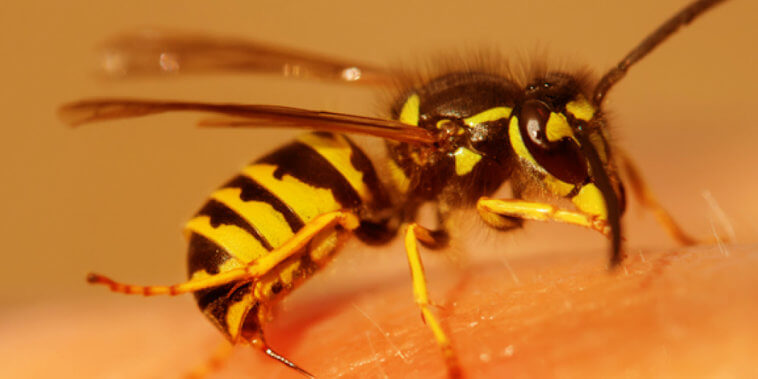
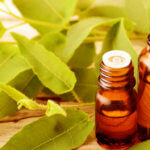
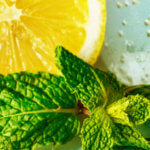
Comments
Loading…